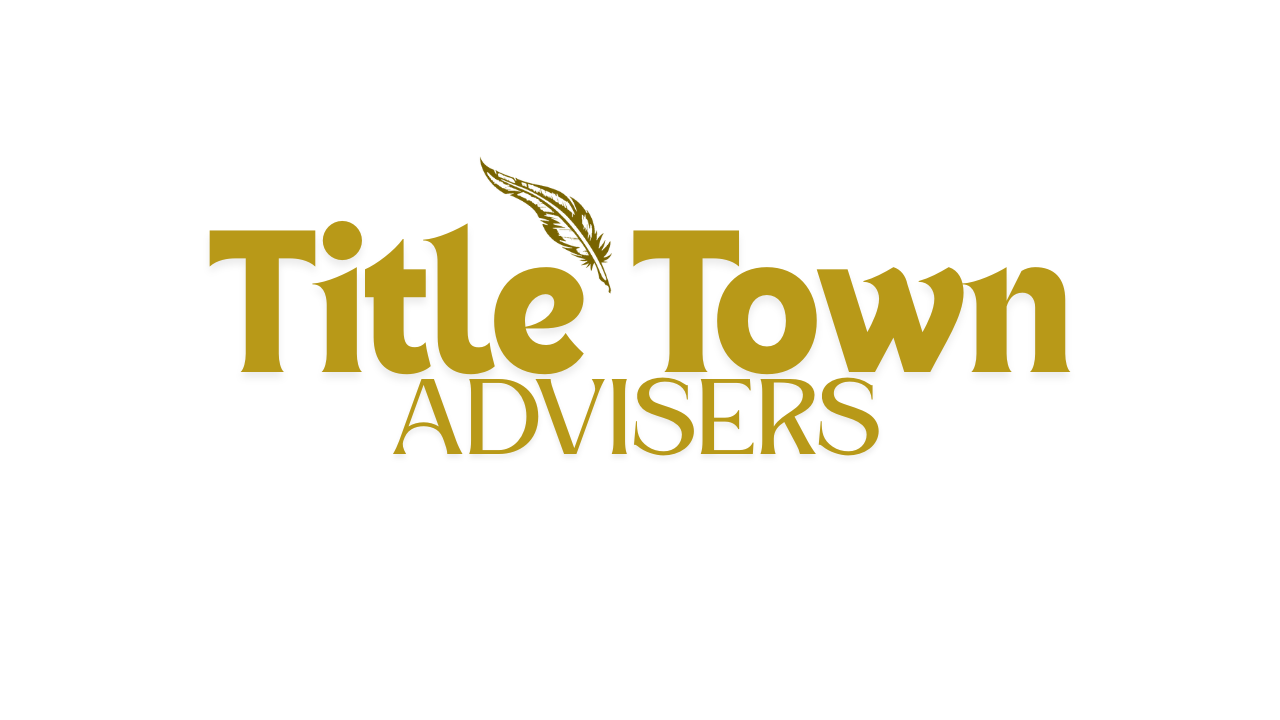A Business Development plan sets goals for growth and explains how you will achieve them. It can be used to maintain short-term or long-term goals. Constantly study and revise your plan as often as you can so that you keep your business up to date with the latest currents, and maintain building on it as your business evolves.
How to write a business development plan
Your business development plan can be considered as your roadmap to success and growth, so make it clear, simple, to the point, straightforward and realistic.
What to include in a business development plan
Financial goals:
Calculate what revenue, costs, and profits you’ll receive if things stay the same. Use those numbers as a ground for setting new, more ambitious financial goals.
Funding plan:
Define the resources for how you’ll fund your business growth. How much capital do you already have on hand? How much more do you need and how will you acquire it and on what cost?
Team needs:
You may need to acquire more people to take on some of the tasks you’ve been doing. Think about what parts of running the business you enjoy most – and you’re good at – and what parts you might want to entrust to others. And give some thought to the culture you want to develop in your business as it grows, because if your business grows and you are short-handed or not aware of the work environment you are bound to a catastrophic failure down the road
Operational needs:
Identify the things within your business that will need to be changed in order to achieve growth. Will you need extra people, more equipment, or new suppliers?
Opportunities for growth:
Identify platforms from where growth will come – whether it’s in creating new products, adding more services, breaking into new markets, or a combination of these.
Sales and marketing activities:
Figure out what sales and marketing efforts will effectively stimulate growth and how these efforts will evolve as the business gets bigger and more significant. Make sure your sales and marketing plan is sturdy and well-equipped enough to support your booming business.
Avoid some of these common business development mistakes
- Thinking short-term instead of long-term or simply being short-sighted
- Miscalculating how much money it will take to grow your business
- Not budgeting enough money to cover the costs of growth
- Focusing on too many growth opportunities: think quality, not quantity
Business Development in other fields than marketing and sales
Business Development is not detached from marketing and sales. However, Business Development specifies new business areas as new markets, distribution channels, and new products by creating mutually beneficial synergies or partnerships with other companies.
This is why no sales or marketing is done directly as Business Development identifies the expansion of the fields of action for products and services that the company has or wants to have.
It is important that both teams, Business Development and Marketing work in a synchronized fashion to accomplish the common goal of organizational growth. The main responsibility of the marketing team is to promote the brand and position it in the market as a strong figure.
This is achieved through communication strategies (advertising, public relations, content marketing, etc.) with this being linked to business development so that this promotes potential customers and turns opportunities into long-term sales.
Micro-planning can keep you focused
You may want to create some micro-plans for specific growth projects so their details don’t get overlooked. And you can build in some KPIs to measure your progress and successes. As your business grows, take note of your progress and make periodic adjustments to your business development plan to make sure it’s still relevant.
Remember Support is out there
Remember you’re not the first to go through this. Seek out mentors, advisors, or other business owners who can help you with your planning. Your accountant or bookkeeper may also be able to help or point you in the direction of the right people.
Growing your business
Are you ready to drop the hammer and take your business to the next level? Let’s look at how to grow.
Stages of business growth
Before you leap into growth, reflect on where you’ve come from. Find out the stage of business growth you’re at.
Write a business development plan
Now that you’re in the growth stage of your business, set things in motion with a business development plan.
Business KPI examples
Understanding your business performance will help you grow. Check out common examples of small business KPIs.
How to increase sales revenue
Increasing sales revenue is one obvious way to help grow your business. But how do you sell more?
Expand your business into new markets
You can grow your business by selling more things to more people, or fewer things to fewer people. Let’s look at how.
Tools and guides for your business
You’re all set to grow your business. But there’s so much to keep track of. Xero’s got resources and solutions to help.
Read more: Three level Hierarchy System




0 Comments